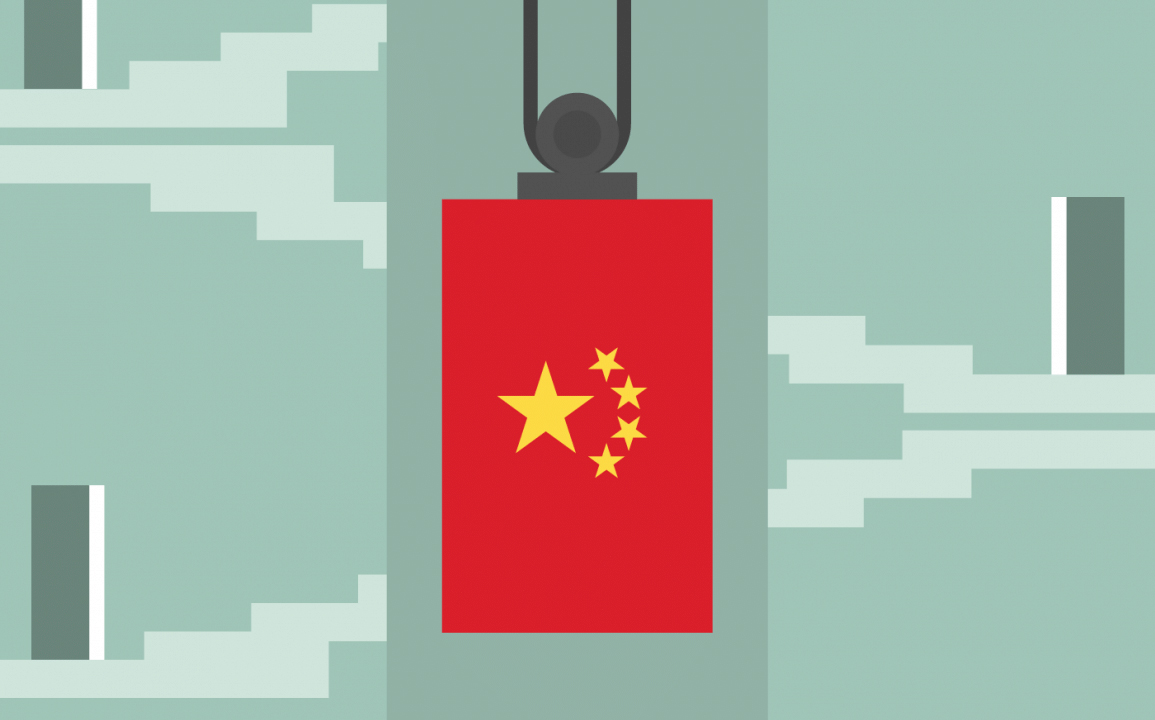 7 Niche Property Types to Pay Attention to in 2021
7 Niche Property Types to Pay Attention to in 2021
Trending
Global elevator industry chases the dragon

Elevators are the key invention that unlocked modern cities. Before they rose to popularity cities were limited in how high they could climb and lower units were considered more desirable. But thanks to the safety failsafe invented by Elisha Otis our buildings scrape the sky and top floor views have become some of the most valuable things in the world.
But now, an air-borne disease and a global pandemic has some people questioning getting in a tiny box with strangers. The result is a tale of two regions: China and the rest of the world. Major players in the elevator industry are dealing with significantly slower markets all across the globe, while simultaneously riding a wave of growth in China. All told, better than expected earnings from the world’s largest elevator manufacturers has the industry hitting the up button.
Read more
 7 Niche Property Types to Pay Attention to in 2021
7 Niche Property Types to Pay Attention to in 2021
 The “office-pocalypse” might spark the great repurposing
The “office-pocalypse” might spark the great repurposing
 Public transit’s role in the revival of urban office buildings
Public transit’s role in the revival of urban office buildings
Elisha Otis’ old company, the largest elevator company in the world, reported better-than-expected earnings during a call earlier this month. Analysts expected major players in the heavily concentrated elevator industry to have a down year in large part due to subdued demand in the midst of a pandemic, but full year sales only decreased by 2.1 percent for Otis. In the fourth quarter, sales growth was over 4 percent, building momentum Otis hopes to carry through 2021.
Swiss elevator operator Schindler also beat estimates, driven by earnings from China’s recovering market. Finland-based KONE reported similar results, raising its outlook. Thysenkrupp recently sold off a majority stake in its strong elevator business to boost the conglomerate’s other prospects in Europe’s largest ever private equity deal. Combined the four major elevator companies control nearly 65 percent of the worldwide market. Elevator companies expect 2021 revenue growth to approach 5 percent. Globally, the elevators industry is expected to eclipse $105b in revenue by 2025, according to TechSci Research.
“Despite the challenging environment, our 2020 results demonstrate the resiliency of our business,” Otis CEO Judy Marks told investors on the company’s earnings call.
Safety First
Now that we have built vertical cities, elevators are necessary. Few pieces of infrastructure in a building are as critical. Millions of Americans living and working in high-rises simply must use them to access their homes or offices. Office elevators may be sparsely populated while the United States still works from home, but it’s important to remember residential elevators make up more than half of the entire market. For many living in dense American cities, you can avoid the office, but you cannot avoid the elevator. Besides necessity, a major factor in the elevator industries’ resiliency is safety. Otis commissioned a three month study conducted by Purdue University to look at how airflow in elevators impacts exposure to Covid-19. Researchers concluded riding in elevators is a low risk activity, less dangerous than using public transit. Simple mitigation techniques like wearing a mask makes riding an elevator safer than outdoor dining.
Airflow in elevators is surprisingly good, despite what you may have smelled. Far from an enclosed metal box, by design elevators have significant air exchange and are required by building codes to have openings for ventilation. Newer models have fans that increase ventilation even further. Decent ventilation and short ride durations limits exposure. Also, risk goes up with time spent in contact with the virus so relatively short elevator rides help keep the danger down.
Of course, low risk of exposure doesn’t mean no risk of exposure. Elevators have been the target of several new technologies aimed at reducing risk even further. Practically every operator is rolling out some form of remote elevator monitoring and control. Otis launched “Otis One” back in 2018. Thyssenkrupp launched the ‘AGILE mobile powered by Liftoff’ app, which allows tenants to operate elevators via their smartphone or wearable device. Kone has RemoteCall. Schindler has its ElevateMe app. Each has its own take and innovation on the process. Otis One is a fully integrated IoT-enabled platform for remote monitoring, Schindler’s app works largely on QR codes near the elevators, Kone’s RemoteCall can call the elevator from your desk, while Thyssenkrupp’s Liftoff app remembers users and calls the elevator for them as soon as they step foot on the property. Beyond apps, each firm has a full suite of elevator tech to streamline congestion, monitoring and maintenance. Air purification systems and car cleaning services are being rolled out.
“Every property manager, developer, and building owner is responsible for providing the safest systems to ensure the health and wellbeing of all passengers during these very special times,” Kevin Lavallee, President and CEO of thyssenkrupp Elevator North America said.
Elevators may be big business but they are certainly not a booming business. High-growth margins are unlikely. Elevator demand is largely a byproduct of economic expansion, growing urban populations and aging demographics requiring vertical lift. Worldwide, the elevator industry is roughly pegged to GDP growth. That’s why growth estimates approaching 5 percent are particularly optimistic for elevator companies.
Despite all the new technology aimed at mitigating risk impacting the United States, the lion’s share of revenue growth will happen outside the United States. Much of Europe is recovering from the pandemic, leading to rebounding numbers for elevator demand. Long term, 17 of the 20 fastest-growing cities in the world will be in India, according to Oxford Economics’ Global Cities report. Those rapidly densifying urban centers will require vertical lift, India is already the second largest market for elevators.
“Orders received continued to develop very positively in China and in some European countries, while orders received in the rest of the world declined significantly,” Kone CEO Henrik Ehrnrooth said in a statement
The Red Dragon
Then there’s China, a story in and of itself. China has long been the largest producer as well as a consumer of elevators, accounting for 60 percent of the global total of new elevators. The first to experience the pandemic and one of the first to recover, elevator demand in China continues to soar. Schindler CEO Thomas Oetterli told investors revenue growth in China was in the double digits, back to 2019 numbers, nearly offsetting the significant drop in the rest of Southeast asia. Otis CEO Judy Marks says China now accounts for 50 percent of its market for elevators and services.
Chinese culture has a particular affinity for elevators that some outsiders are unaware of. Developers in China are constantly striving for the tallest or fastest elevators in their buildings, using them as marketing material. Some elevators in China have become tourism attractions. A rapidly aging population in China is seeing increased residential demand as well. China Premier Li Keqiang is targeting three million older apartment buildings for elevator installation. Private elevators have become a status symbol for China’s growing class of wealthy elite.
China’s V-shaped recovery and love of elevators has buoyed every major elevator company, all of which have established a significant presence in the Chinese market. After Otis became independent, the firm added 850 agents and distributors to capitalize on opportunities in China. “We also had high single-digit growth in our portfolio in China, which is key as that becomes a large market for us for the installed base,” Marks told investors.
China’s place at the forefront of the elevator industry is unlikely to change anytime soon. Even though prospects of recovery are increasing throughout the rest of the world, robust demand in China will still be the main driver of growth for years to come. China’s growth combined with new technology aimed at enhancing the overall elevator experience has analysts bullish on every major elevator operator. We may closely associate elevators with our offices, tying the return to work to the fortunes of elevator companies, but that’s not a full picture of the global elevator market. Lagging offices are just a floor on the ride to the top. The real question is which of the four major players will get there first. [Propmodo]




